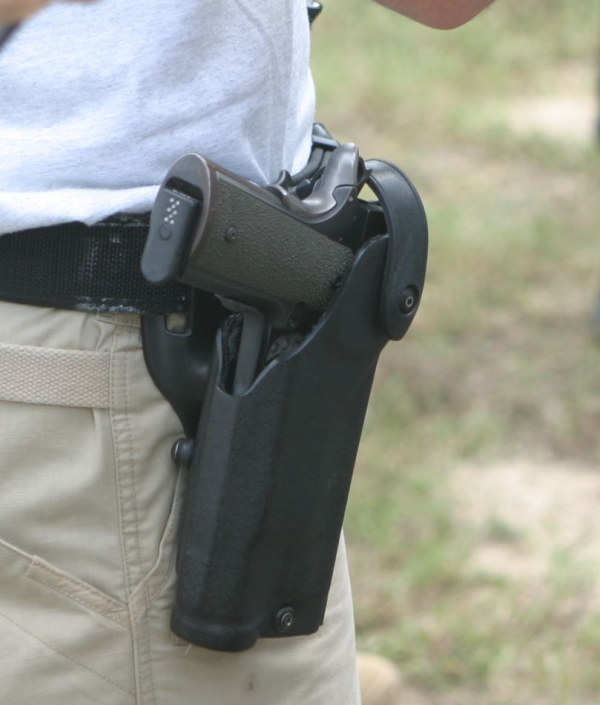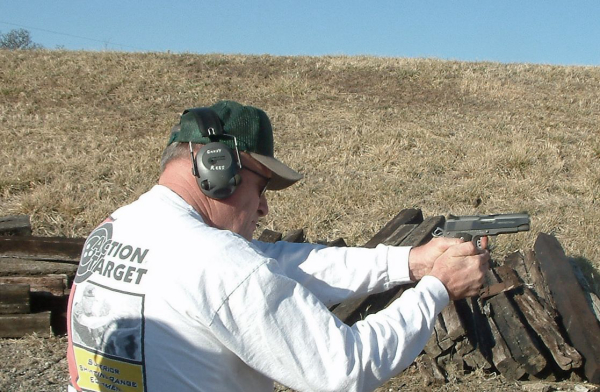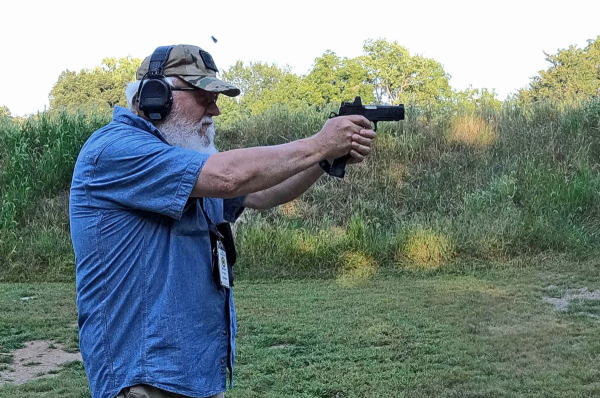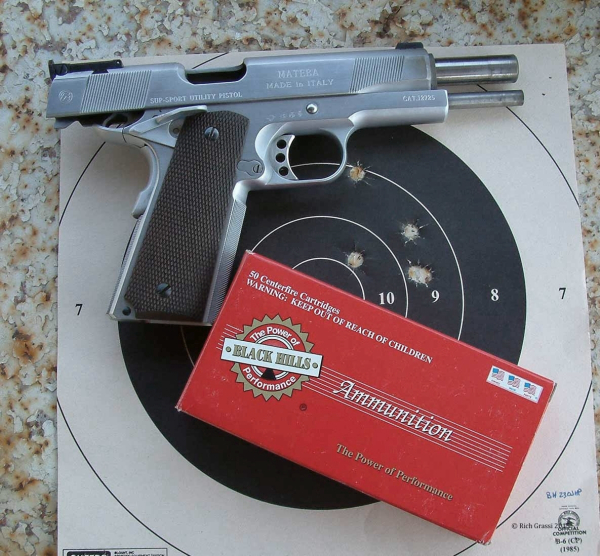This piece is updated from 2015 due to my personal renewed interest in the 1911 pistol – which was partly generated by youngsters now being interested in, carrying and even being issued the “work-alike” “2011 DS” pistols.
Foolishness abounds on the internet. Everyone has an opinion. You can usually tell the goofiest if it starts out, “I’ve been shooting all my life.” Akin to “once upon a time” as a beginning to a story of questionable veracity, it’s second only to “my daddy taught me how to shoot” and “Here, hold my beer and watch this!”


For example, derp about the 1911 pattern pistols is still common. Here’s the deal: it’s been around for over 114 years – but nonsense about guns has been around a long time. The Colt 1873 Model P was designed to be carried with the hammer down on an empty chamber and how many of the Gun Culture 1.0 (let alone 2.0) really know that? You say that people finally understand the 1911 from the time Jeff Cooper began to popularize the design?
Sure, they do.
This is from comments on an internet post with a photo of a 1911-pattern pistol –
“We had 1911 safety problems as I saw as an Army MP...
“… (unnamed law enforcement agency) banned after a SWAT guy shot another. How much training and shooting guns at the range is enough? You cannot de-cock (sic) with one hand. It takes two hands and being very careful. That's why you see no single action auto pistols in any of the world's armies. The Walther P-38 solved many safety issues and started the ball rolling. Stress makes people forget safety...combat is different than collecting and shooting pistols at the range. S/A pistols scare me and I am an armorer and an instructor for many years.”
Yeah, okay. In years past, Chuck Taylor referred to users as described above as non-dedicated personnel. As to stress making people “forget safety,” brother, you know it. In an agency with the P-38-esque decocker safety and working beside another, larger agency with the same system, we saw failures to decock before holstering routinely – on the range, on bright sun-shine days, with no pressure, no stress. I guess the term would be GHWHUA – gun handling while head up . . . well, not paying attention.


His first problem is “decocking” the 1911. If you want the hammer down, unload it.
First, the magazine comes out and is stowed. Then we lock the slide open. Check the chamber by looking and by feeling. We do that because the eye “sees” what it “expects” to see. Then lower the hammer gently or – if you have a safe direction – get a good dry practice repetition in. Don’t just jab it out there and clutch at the trigger.
I saw the internet discussion right after a cable channel marathon of the Jesse Stone made-for-TV movies, in which Tom Selleck demonstrated a knowledge of the combat pistol (and shotgun, in one episode) a depth of which is rarely seen from Hollywood. It shows that it can be done right and that we can change people’s minds with the truth – it just takes time and effort.
Would I issue 1911-type pistols today? No. For an issue sidearm, I’d have to look at holsters, magazines and mag pouches, parts and, as important, having people who were well schooled in keeping the old cannon running. Why do that when you can get an 8-hour armorer course for the later designs – designs for which handling, maintenance and repair are so simple? Add to that cost per unit factors and the more common modern designs would get the nod.

The 2011 is facing the same issues as the 1911; it’s largely a matter of being able to keep them running over time. While there are holsters and parts, magazines tend to be more costly – to say nothing of problematic.
What advantages do they share? The potential for an outstanding trigger, multiple redundant safety systems, easy to shoot well.
The 1911 style pistol is still quite popular and why not? It’s easy to shoot well and the ergonomics are superb. You just have to be willing to do the work.
Quoting both Vickers and Hackathorn, “If you maintain your pistol the way you maintain your lawn mower, don’t use the 1911.”
They said it and I believe it. Meanwhile, I’ll go on revisiting my youth with variations of the "horse pistol."
— Rich Grassi